Standing NATO Mine Counter Measures Group One (SNMCMG1) under the command of Commander Peter Ramboer of the Belgian Navy has arrived in Lithuania.
The group is conducting a routine port visit to Klaipeda as part of their annual schedule of operations. Planned activities include courtesy calls with local authorities and preparations for BALTOPS 18, the premier maritime exercise in the Baltic Sea region. The visit is a visible demonstration of NATO’s continuous presence in the Baltic Sea.
Prior to the visit in Klaipeda, the group took part in operation Open Spirit, an annual mine clearance operation in the Baltic Sea. The group has been underway since January and conducted mine clearance operations in Oslo, the German Bight, the coast of France and the UK.
“We have been sailing in the Baltic Sea for over a month now and it has been a valuable experience,” said group Commander Ramboer.
“We cleaned mines from previous conflicts and conducted a lot of exercises in perfect weather conditions. We have been hosted very well by local authorities and the population, and we are glad to tell our story about keeping the Baltic sea a safe and secure place.”
Currently the group consists of seven ships, flagship Royal Netherlands Navy submarine support ship HNLMS Mercuur, German mine hunter FGS Bad Bevensen with a team of Portuguese ordnance disposal divers embarked, Royal Norwegian Navy minesweeper HNoMS Otra, Royal Netherlands Navy mine hunter HNLMS Urk, Royal Navy mine hunter HMS Ramsey and MCM Denmark with its command and control capsule embarked aboard HNLMS Mercuur and 2 drones.
SNMCMG1 is one of four Standing Maritime Groups (two destroyer/frigate groups and two mine countermeasures groups) which are multinational, integrated maritime forces made up of vessels from allied countries. These vessels are under continuous NATO command to perform a wide range of tasks ranging from deterrent presence and situational awareness to exercises and the conduct of operational missions and provide NATO with an immediate operational response capability both in peacetime and in crisis.


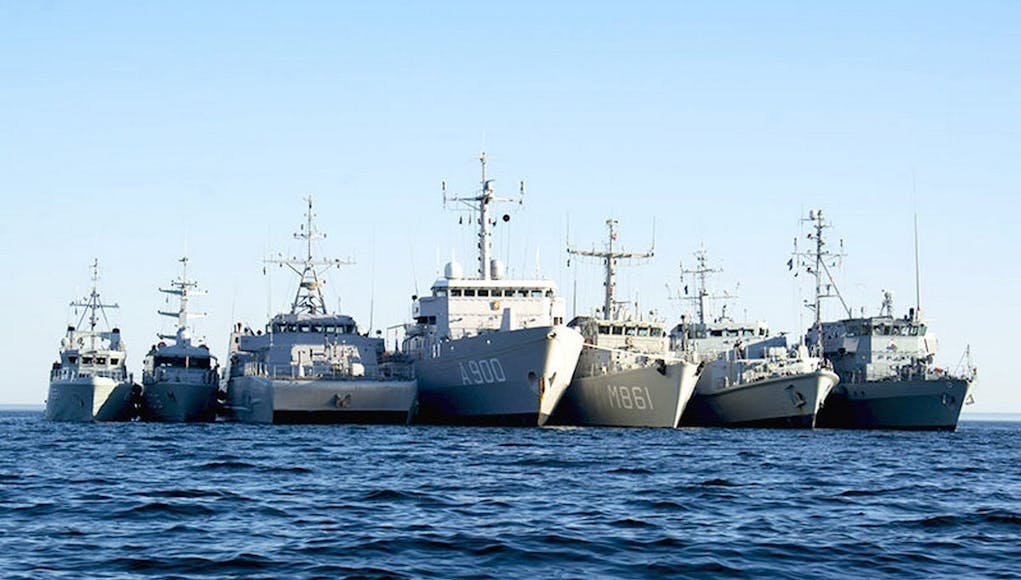
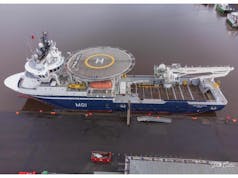
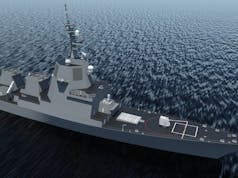
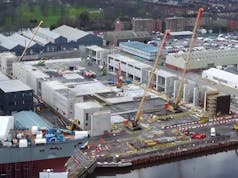
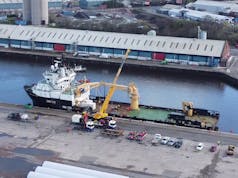
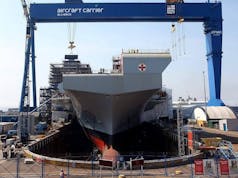
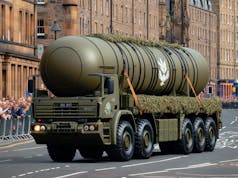









[…] post NATO Ships Visit Klaipeda appeared first on UK Defence […]
Given that the Baltic is littered with mines, how many are cleared each year?
can the rivers be converted to minesweepers?
Wonderful picture. First thing it brought to mind I’d how important these joint exercises are and how impressive the combined forces of NATO are. The rapid force multiplication achieved by putting the joint resources of NATO together, each by themselves not particularly impressive (putting USA aside), is formidable. If we can come together and fight as a single unitary force, surely we are invincible. Hence again, the importance of these joint exercises.
I was in the group conducting the same operation in 1997. A lot of the ordnance on the sea bed was the result of former soviet bombing ranges. In the 6 weeks we were there, we only found a handful of WW2 mines but hundreds and hundreds of unexploded bombs.